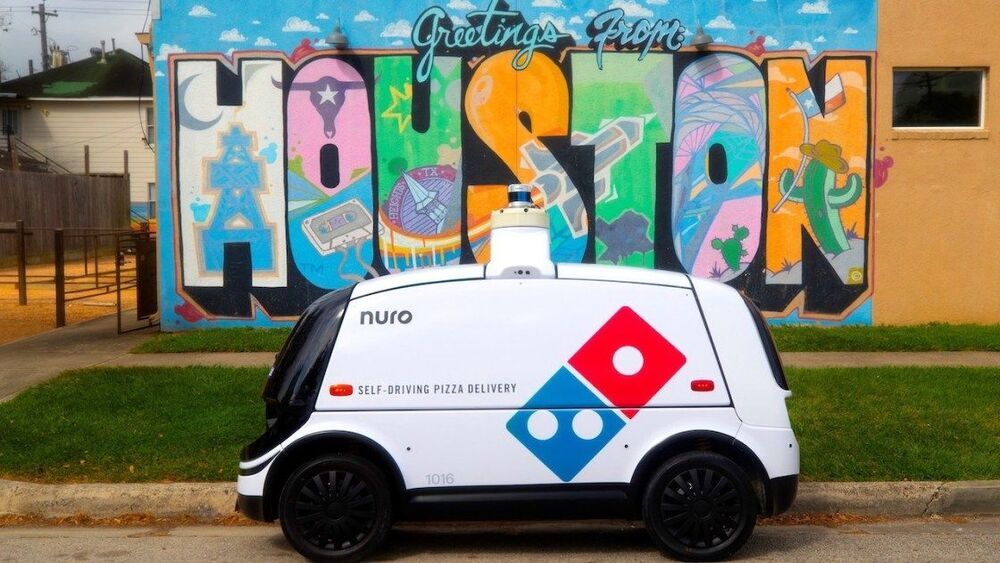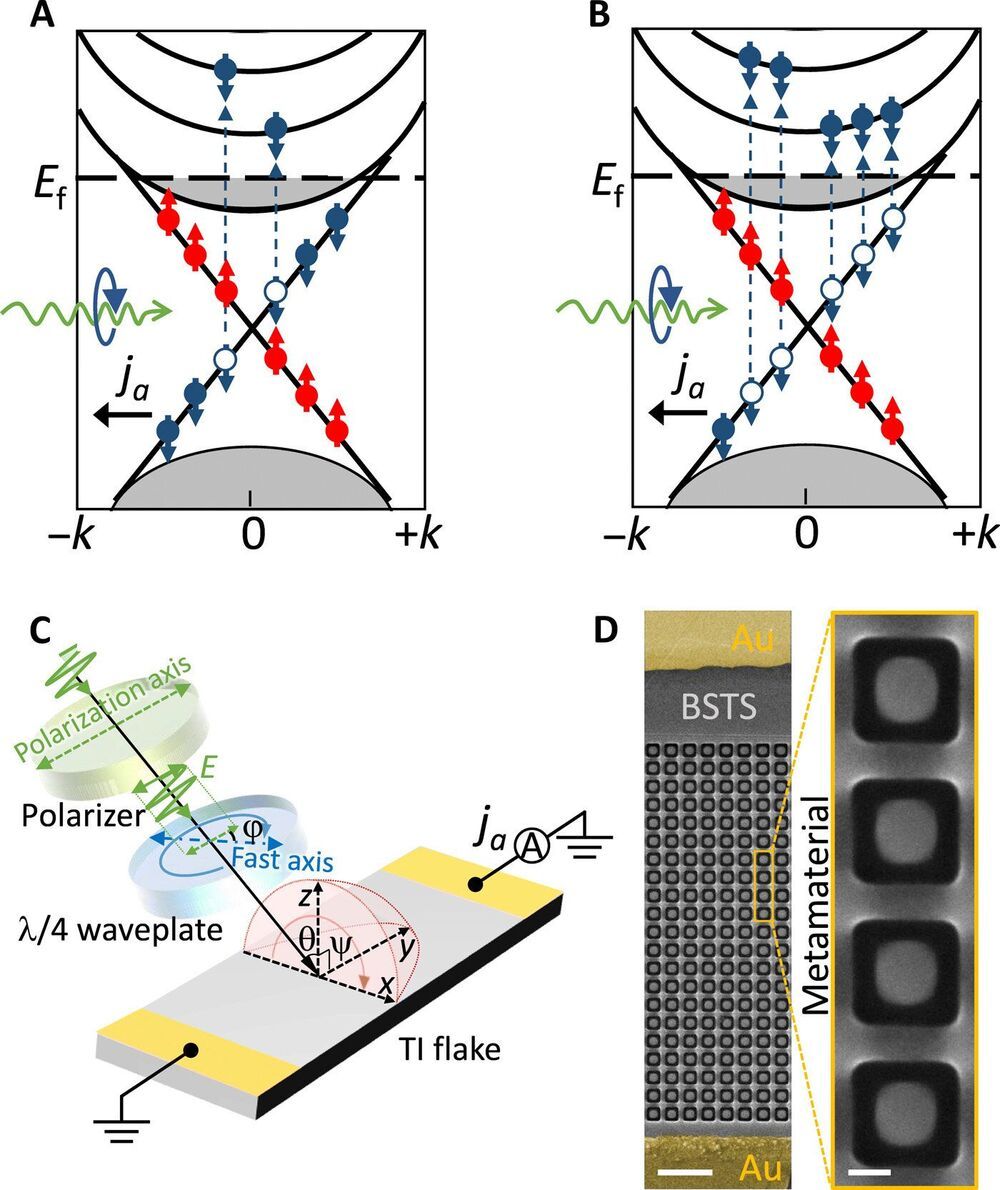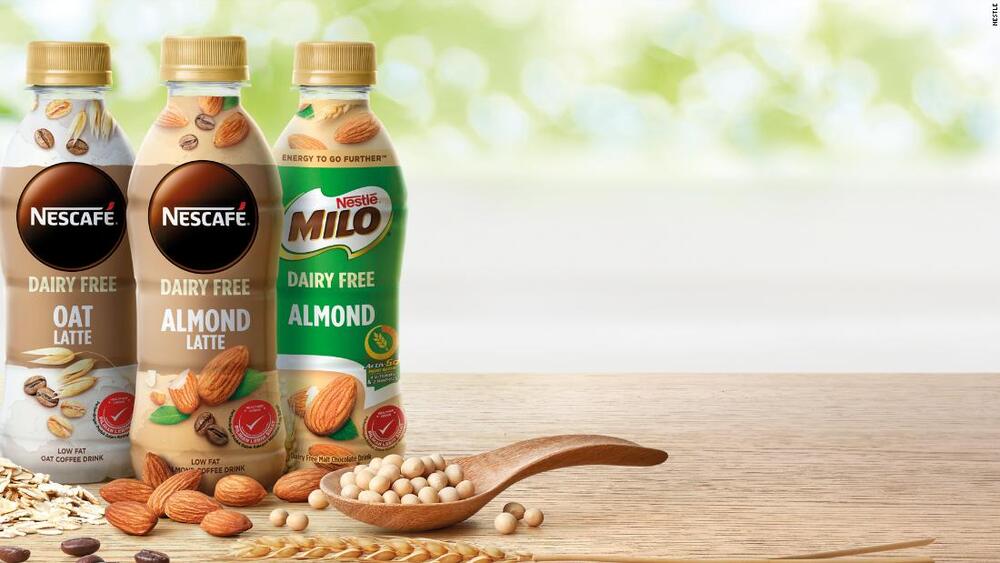Domino’s and Nuro teamed up for autonomous pizza delivery in Houston. Don’t get your hopes up, though, for a driverless drop-off: Many restrictions apply, and only a handful of hungry people can opt in right now.
Beginning this week, select customers who place a prepaid website order from the lone participating pizza shop in Woodland Heights can opt to have their food delivered by Nuro’s R2 robot. Those lucky patrons receive text alerts highlighting R2’s location, and can track the vehicle via GPS on the order confirmation page. Domino’s also provides a unique personal identification number required to open the bot’s door and reveal that piping hot pizza.
“We’re excited to continue innovating the delivery experience for Domino’s customers by testing autonomous delivery with Nuro in Houston,” Dennis Maloney, Domino’s senior vice president and chief innovation officer, said in a statement. “There is still so much for our brand to learn about the autonomous delivery space.”








